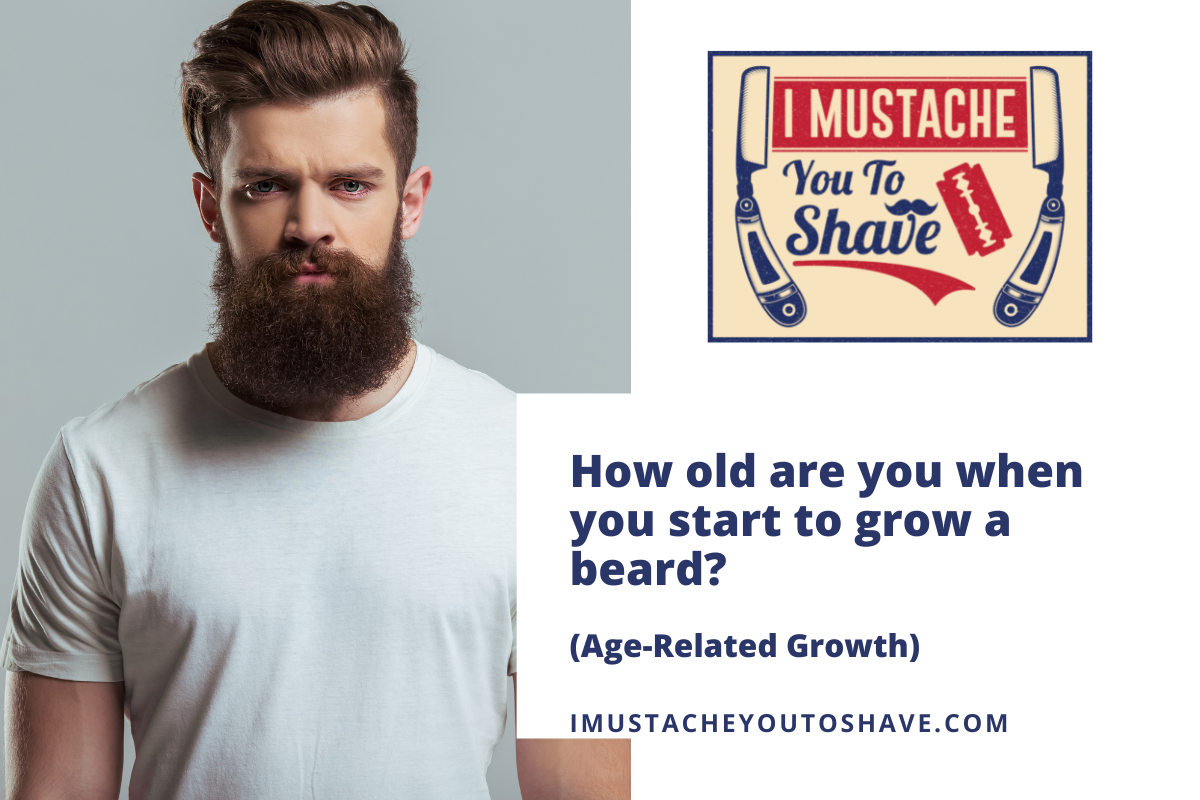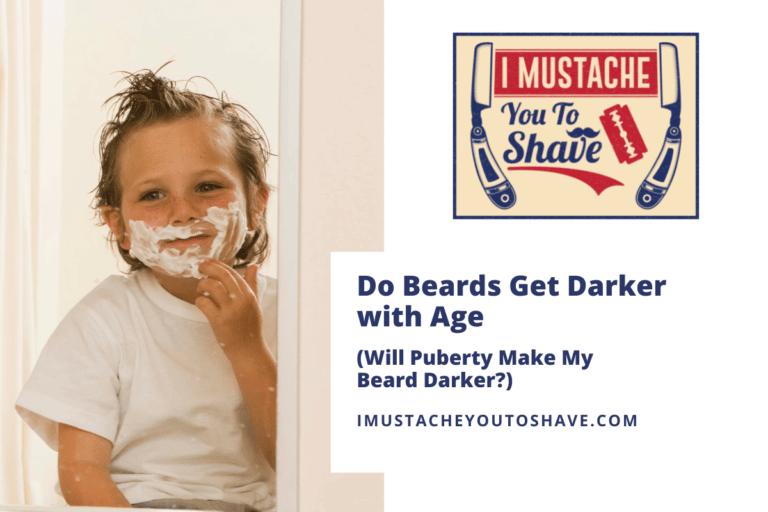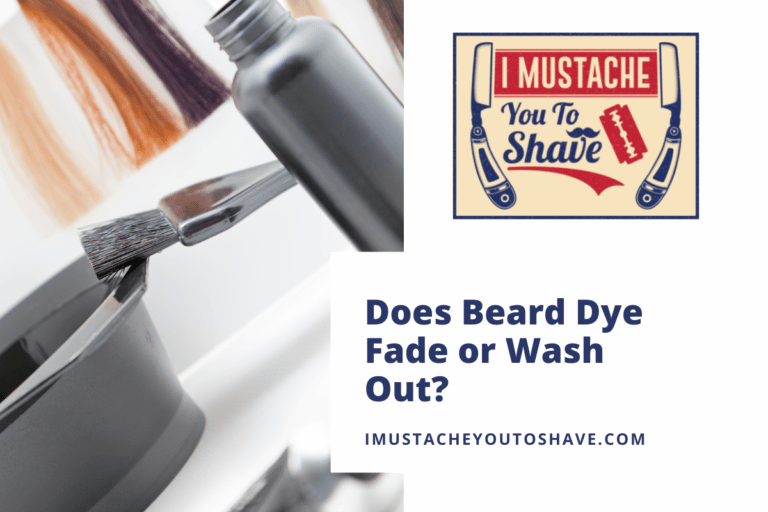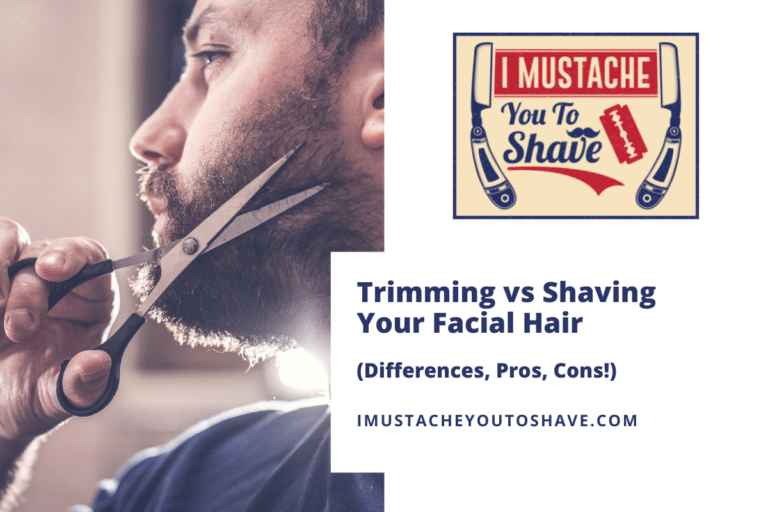How old are you when you start to grow a beard? (Age-Related Growth)
If you are a young reader wondering when you’ll be able to grow your first beard – you’re in the right place!
This topic is of great interest, as many men anticipate the moment when they can finally grow a full beard. The age at which a person starts growing a beard varies from one individual to another, and it depends on various factors such as genetics, hormone levels, and personal health.
I remember when I was a young boy, I couldn’t wait to grow a manly beard like my dad. Once I started having to shave all the time, however, I quickly realized how lucky I had it!
Men will see full beard growth sometime between the age of 12-30 with the average age being around 18. Genetics often play a significant role in determining the age at which a person will start to see facial hair growth.
In this article, we will delve deeper into the factors influencing the age at which individuals typically start to grow a beard, as well as tips and suggestions for maintaining a healthy and robust beard throughout the different stages of beard growth. By understanding the variables at play, one can better grasp the intricacies of beard growth and navigate the journey with greater confidence and ease.
Typical Age for Beard Growth
Typically, full beard growth is possible starting at around age 18. However, for many men, that time may not arrive until they’re 30 or older (Healthline). The development of facial hair is influenced by factors such as genetics and hormones, which determine the extent, rate, and pattern of beard growth.
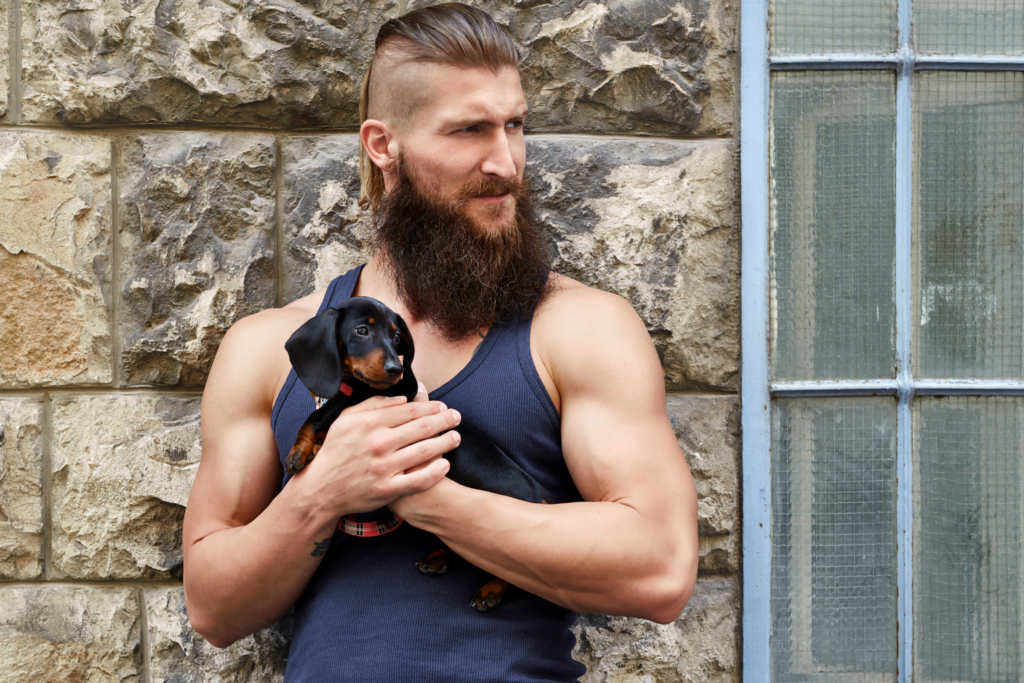
Genetic Factors
Genetic factors play a significant role in determining when a man is capable of growing a beard. Some individuals may start to develop facial hair during their teenage years, while others may have to wait until they reach their late twenties or early thirties. According to Wikipedia, during puberty, the first facial hair appears at the corners of the upper lip, usually between the ages of 11 and 15. The ability to grow a full beard may be influenced by genetics and can vary significantly between individuals.
So how much facial hair should a 16-year-old have?
Who knows, it depends!
In fact, it is possible that there are signs you can’t grow a beard at all if you take a look at the male members of your immediate family.
Hormonal Factors
Hormones, particularly testosterone and dihydrotestosterone (DHT), also affect beard growth. An increase in these hormones during puberty and adulthood can stimulate facial hair development.
However, the sensitivity of hair follicles to these hormones varies between individuals, which can lead to differences in beard growth patterns (Beardoholic). It is important to note that hormonal factors are linked to genetics, ultimately determining each individual’s rate and extent of beard growth.
In summary, the typical age for beard growth will differ from person to person, mainly due to genetic and hormonal factors. While some may be capable of growing a beard as early as their teenage years, others may not see full beard development until later in life.
Stages of Beard Growth Development
Facial hair growth depends on several factors, including genetics, age, and ethnicity. Typically, it takes 2 to 4 months to grow a full beard, with hair growing at a rate of 0.3 to 0.5 millimeters daily, or about 1/3 to 1/2 an inch every month (Strut Health).
Let’s explore the key teenage beard growth stages and other beard growth stages by age, development and their attributes.
Vellus Hair
Vellus hair, also known as peach fuzz, is the first of two types of facial hair growth. It consists of soft, thin, and colorless hairs that cover most of the body or face. Usually, vellus hair starts to appear during puberty, which generally occurs between the ages of 12 and 16.
During puberty, hormones such as testosterone cause these vellus hairs to thicken and darken, transitioning them into terminal hairs. The process varies from person to person and is heavily influenced by genetics and ethnicity.
Terminal Hair
Terminal hair is the mature, thicker, and darker facial hair that emerges after vellus hair has transitioned. This stage can occur between late puberty and adulthood, depending on the individual’s genetics and hormonal levels.
Several stages can be identified in terminal hair growth, such as the stubble, typically formed within the first 1-2 weeks (Beard Resource), and the full beard, which can take up to 6 to 9 months to fully develop (Beardbrand).
The speed of growth and density of the beard depends on factors like genetics, age, and ethnicity, resulting in a wide variety of facial hair styles and appearances.
Factors Affecting Beard Growth
Various factors contribute to the growth and development of facial hair, with some being more controllable than others. This section will discuss the impact of nutrition, exercise, sleep, and smoking on beard growth.
Nutrition
A well-balanced diet plays a significant role in promoting healthy hair growth.
Certain nutrients, such as vitamins A, C, and E, biotin, and proteins, have been found to encourage beard growth. Including these nutrients in your diet can aid in the development of a fuller and healthier beard.
Some food sources rich in these nutrients are:
- Fruits and vegetables
- Lean meats
- Whole grains
- Nuts and seeds

Exercise
Regular exercise is not only beneficial for overall health, but it can also help stimulate beard growth. Physical activities increase blood flow, delivering vital nutrients to the hair follicles, which can encourage growth.
Incorporating regular exercise into your daily routine can contribute to a healthier, more robust beard.

Sleep
Getting adequate sleep is crucial for maintaining overall health and promoting hair growth. A sleep-deprived body can negatively impact hormone levels, including testosterone. As testosterone plays a vital role in facial hair growth, ensuring a good night’s sleep can help improve the growth and quality of your beard.
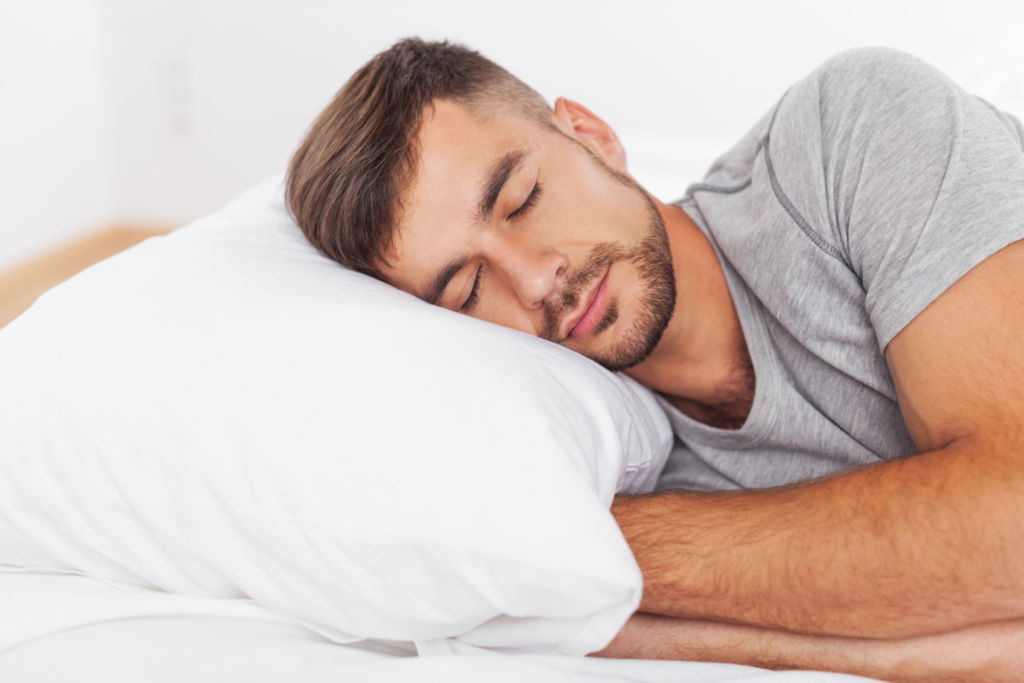
Smoking
Smoking has numerous negative effects on health, including its impact on facial hair growth. Smoking constricts blood vessels, reducing the delivery of nutrients to hair follicles. This can lead to slower growth and poorer beard quality.
Quitting smoking or reducing exposure to tobacco smoke can positively influence beard growth.

Ways to Stimulate Beard Growth
Though the age one starts to grow a beard is often determined by genetics, you can try a few techniques to stimulate beard growth. This section will discuss topical treatments, supplements, and lifestyle changes that may help.
Topical Treatments
There are several topical treatments that may promote beard growth. One popular option is applying a minoxidil solution, which is known to stimulate hair growth.
Additionally, using a beard oil containing essential oils like peppermint or lavender can promote blood circulation and support hair growth. It’s crucial to properly clean your face and exfoliate your skin to eliminate dead cells that could inhibit hair growth.
Supplements
Some nutritional supplements may encourage beard growth. For instance, biotin has been widely recognized for its role in enhancing hair and nail growth. Other key vitamins and minerals, such as vitamins B, D, and E, as well as zinc and iron, could positively affect hair growth.
Consult a healthcare professional before adding any supplements to your diet to ensure they’re appropriate for you.
Lifestyle Changes
Maintaining a healthy lifestyle can indirectly support beard growth. As Healthline mentioned, regular exercise improves blood flow, promoting nutrient distribution throughout the body, including hair follicles. Eating a balanced diet with various essential nutrients may also lead to a healthier beard.
Managing stress with methods such as meditation, deep breathing exercises, or yoga can help reduce cortisol levels, which could impede hair growth.
Conclusion
In summary, the age at which an individual starts to grow a beard varies from person to person. Factors such as genetics, race, and hormone levels can impact beard growth. While some might begin to see facial hair growth as early as 17 to 20 years old, others may experience it later, in their late 20s or even 30s.
It is important to remember that beard growth can continue to develop throughout your 20s and even into your early 30s. So, patience and proper care can encourage beard growth in those with patchy or developing beards.
Men of different ethnicities might also observe varying rates of beard growth, with individuals of Middle-Eastern and Mediterranean descent generally having thicker, more prominent beards. Therefore, it is crucial to consider one’s genetic background when evaluating beard growth expectations.
Can a 14 year old have a beard?
While it is not very common, seeing a 14-year-old with a beard is possible. It is also worth noting that people can get mature facial hair at different ages due to genetics
At what age does beard stop growing?
The age at which beard growth stops can vary from person to person, but beard growth generally starts to plateau or decline around the age of 35 due to the gradual decline in testosterone levels as men age, which can cause facial hair to become thinner and patchier over time.
Can every guy grow a beard?
No, not every guy can grow a beard. The ability to grow a beard is largely determined by genetics, and some men may have less facial hair or patchy growth due to their genes. Hormones can also play a role in beard growth, with testosterone being a key factor. Men with low levels of testosterone may have difficulty growing a beard, while those with higher levels may have an easier time.
Why haven’t I grown a beard at 16?
Beard hair typically starts growing during puberty, which for boys can be between the ages of 13 and 16, but it can be different for every person. Some men may start growing facial hair earlier, while others may not see significant growth until their early 20s

